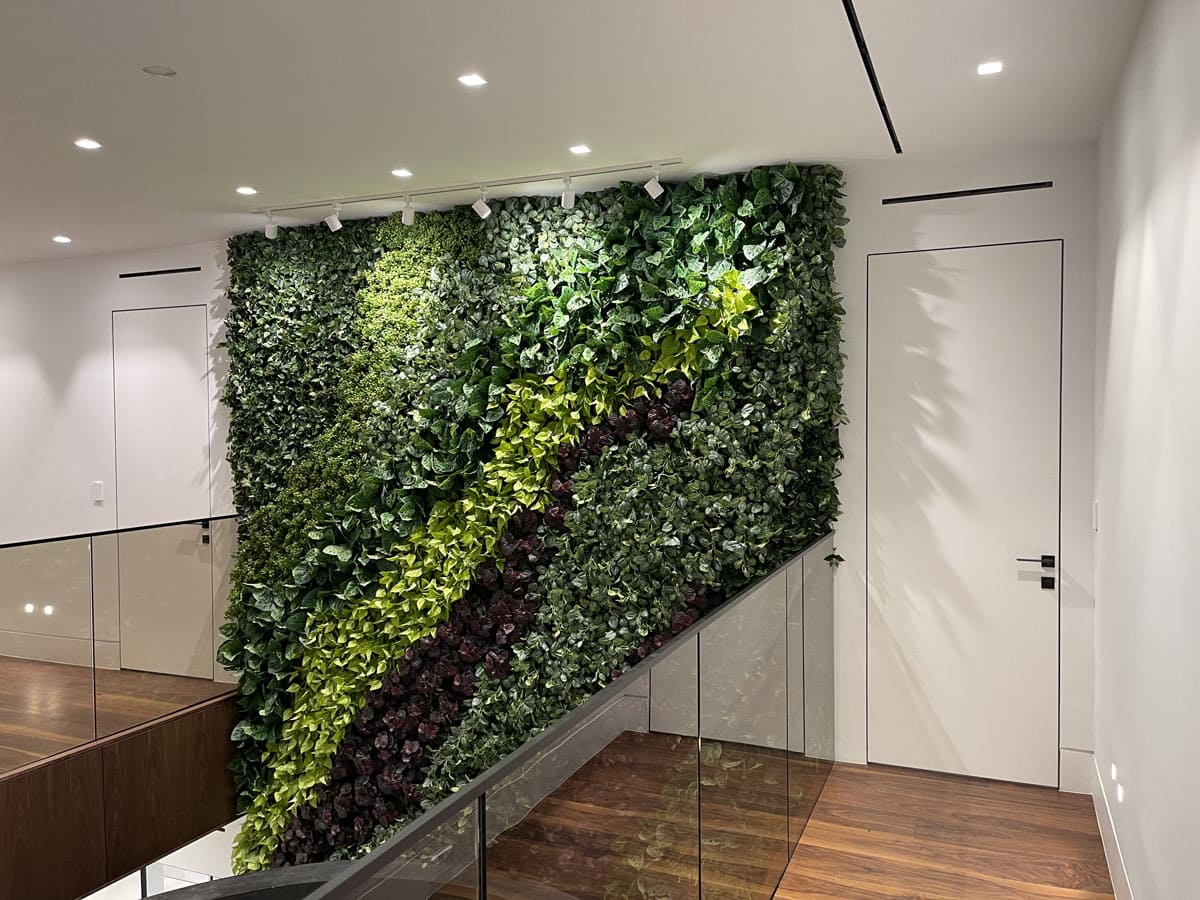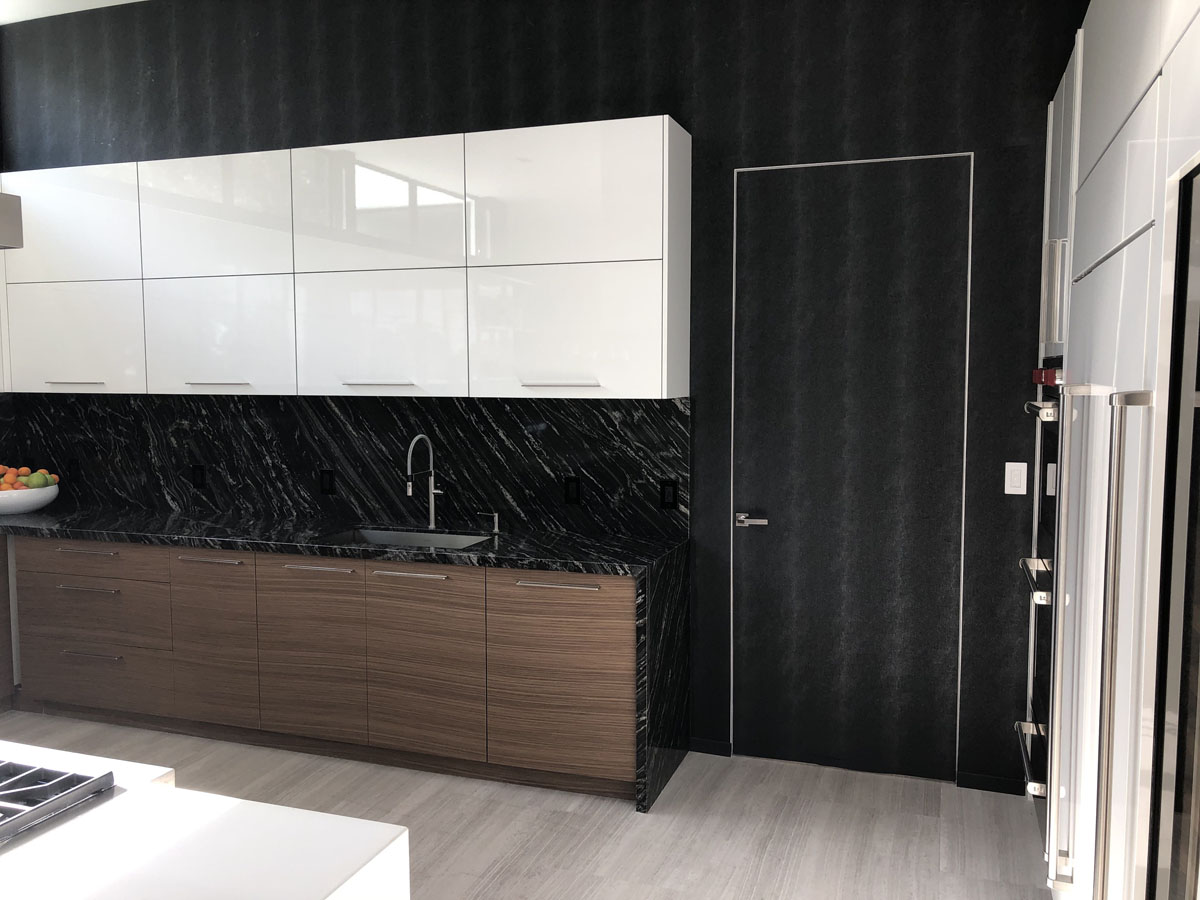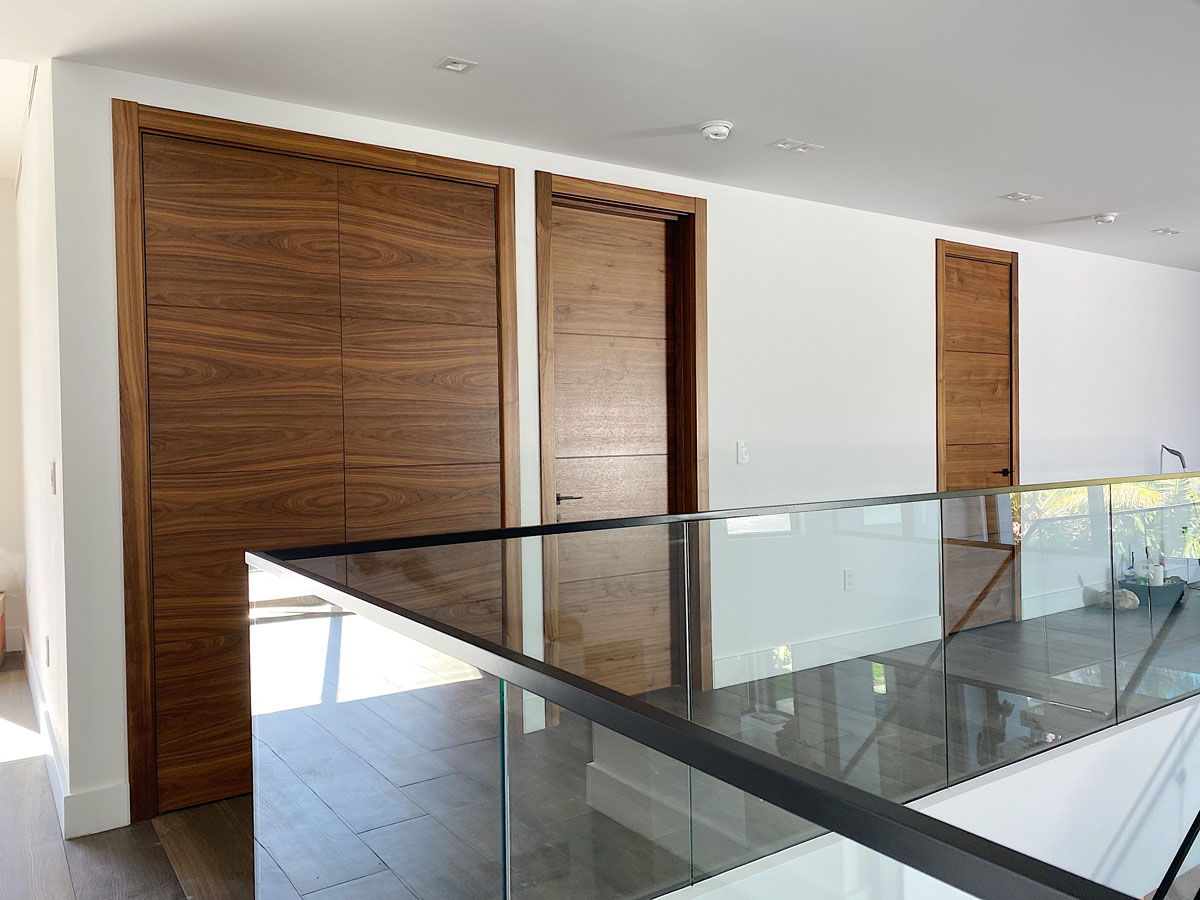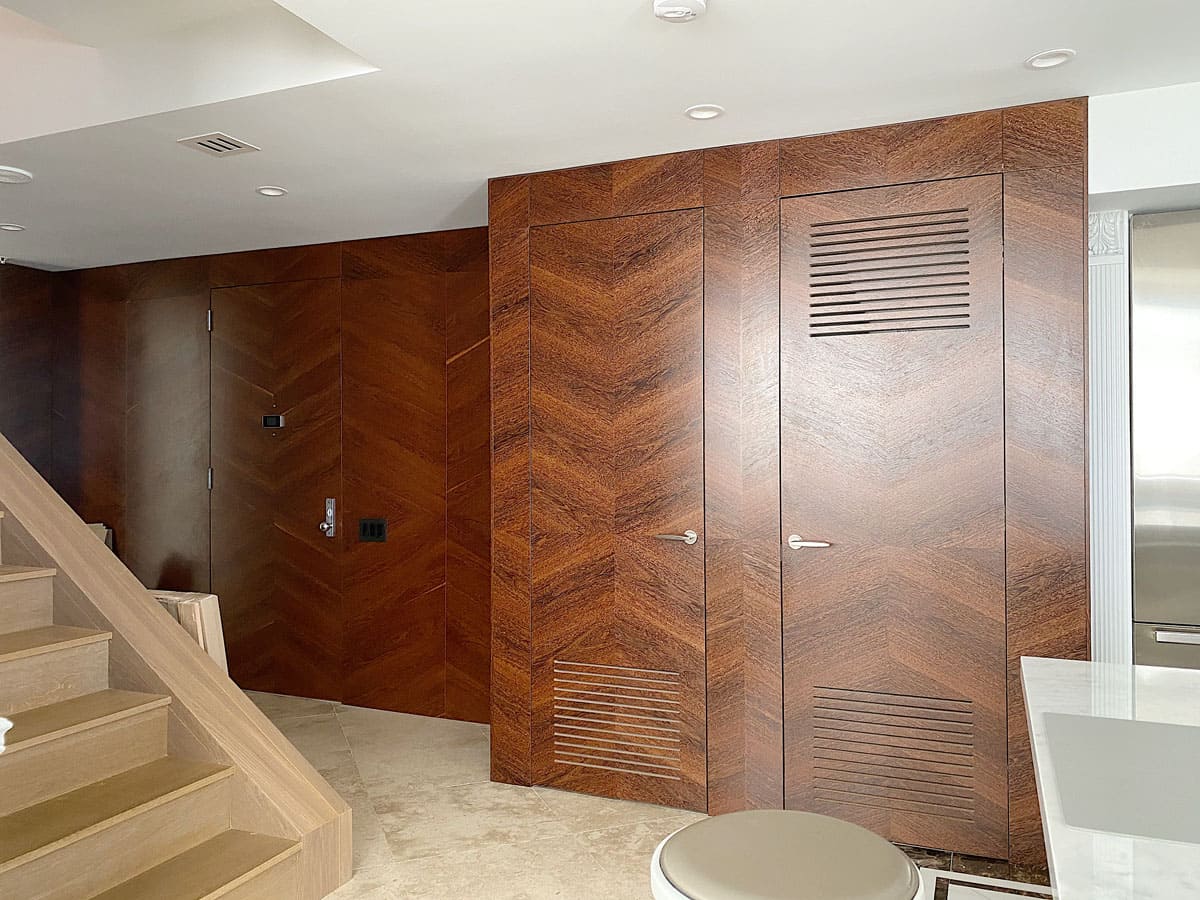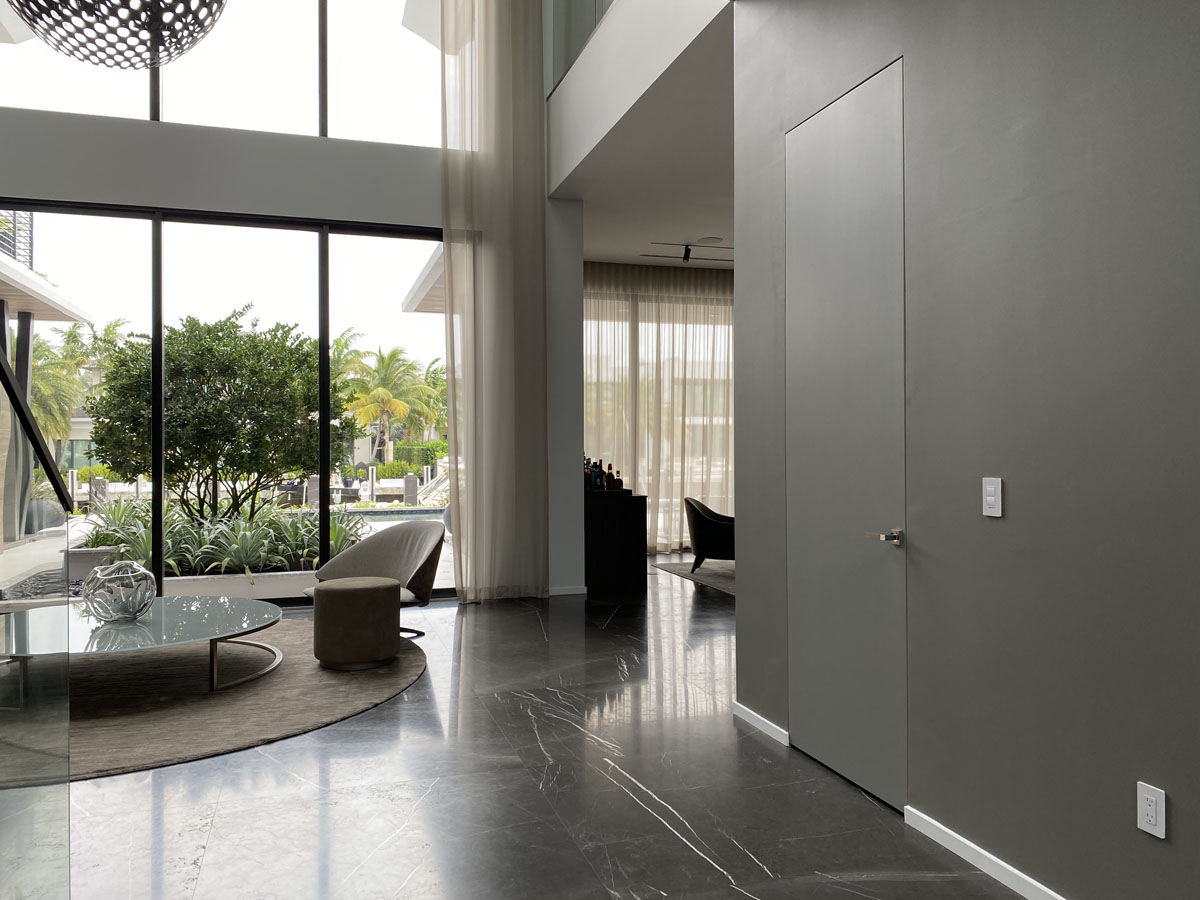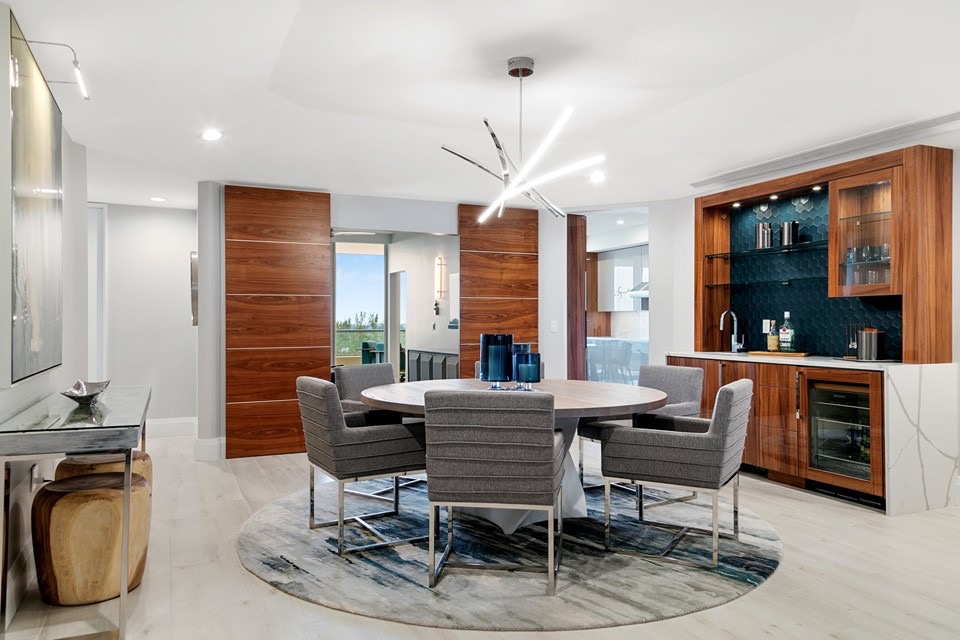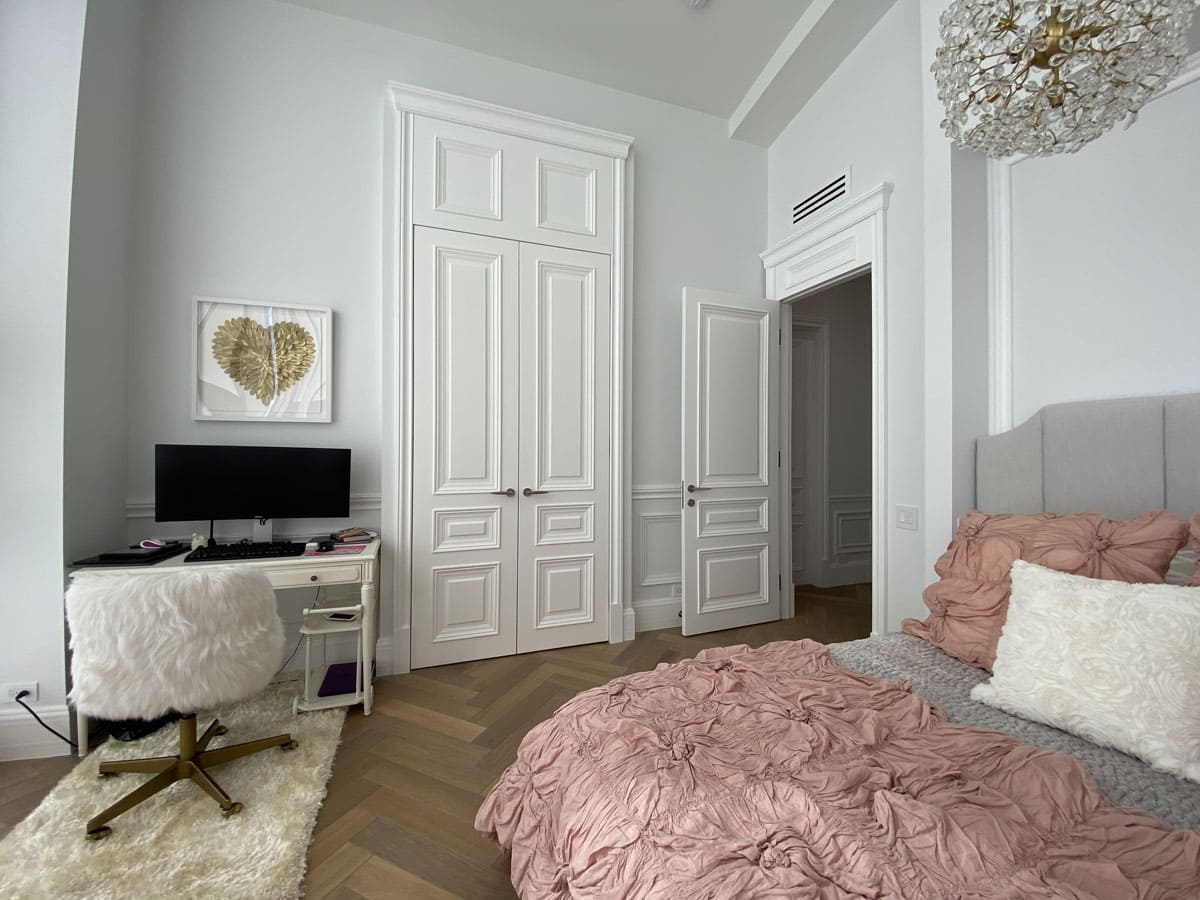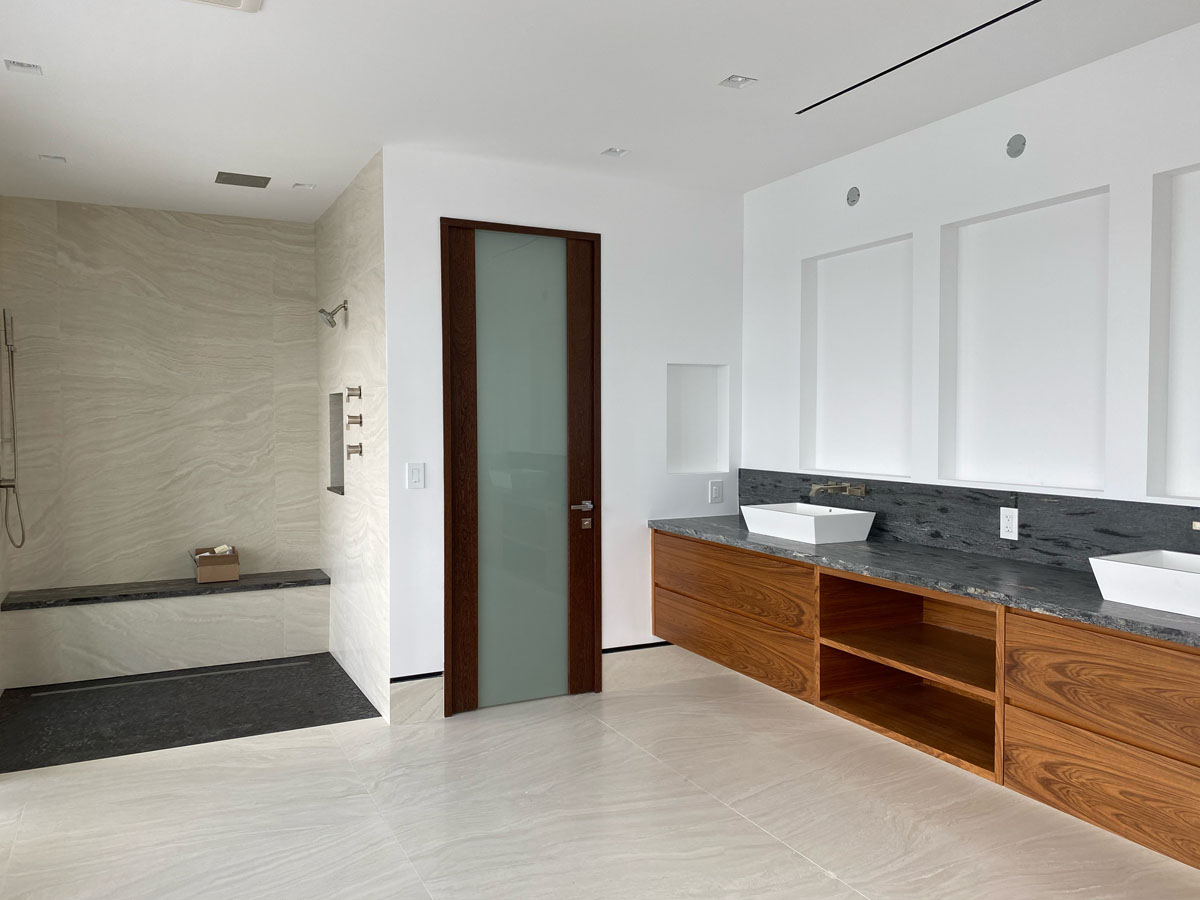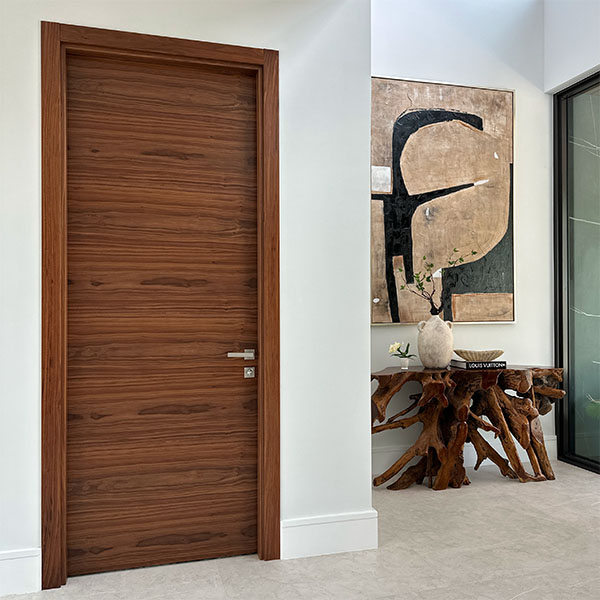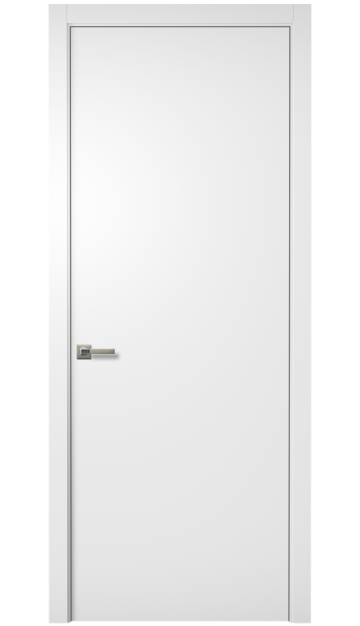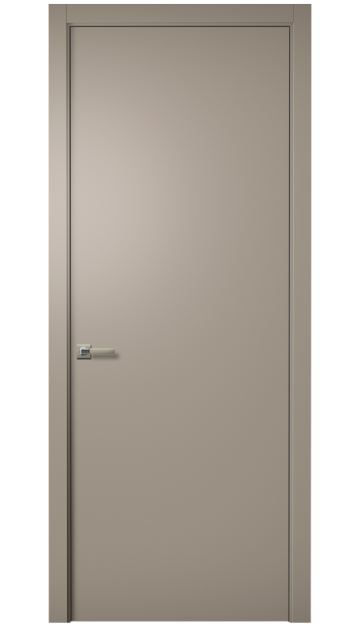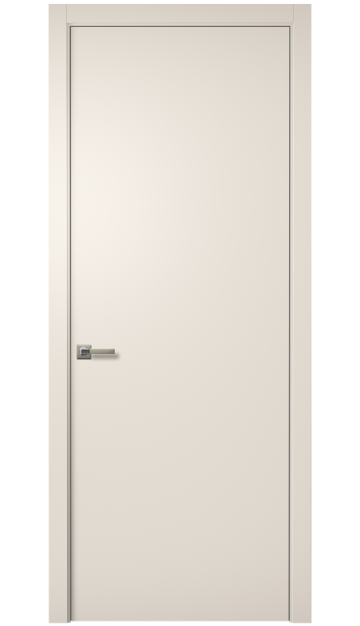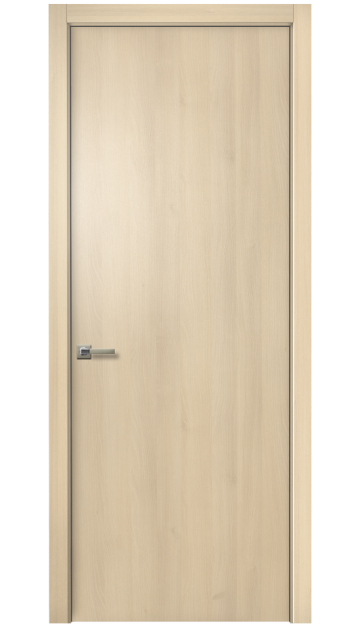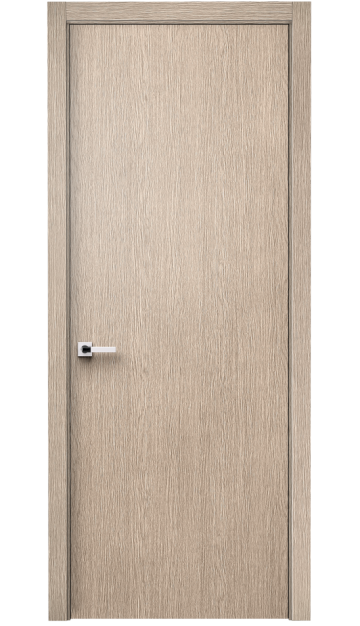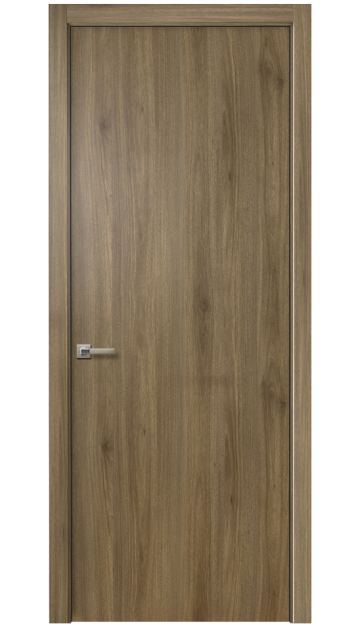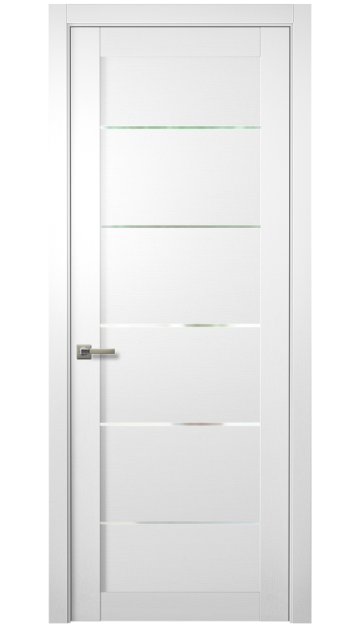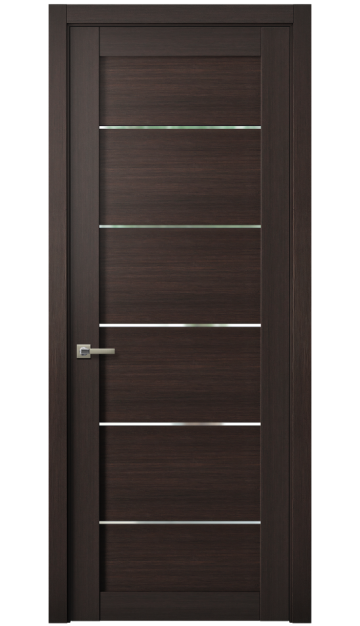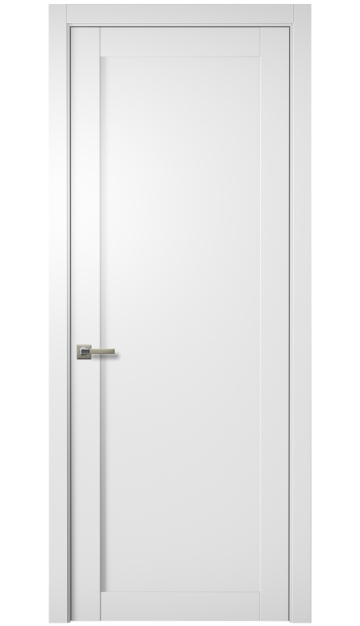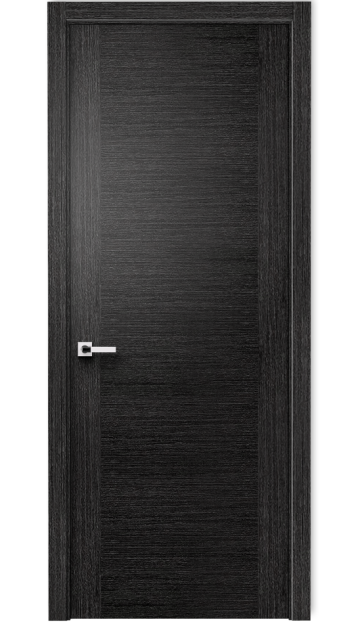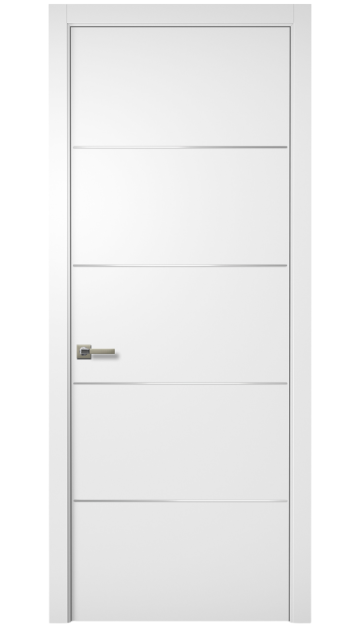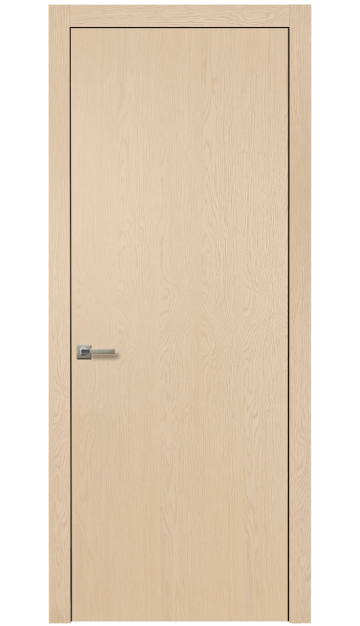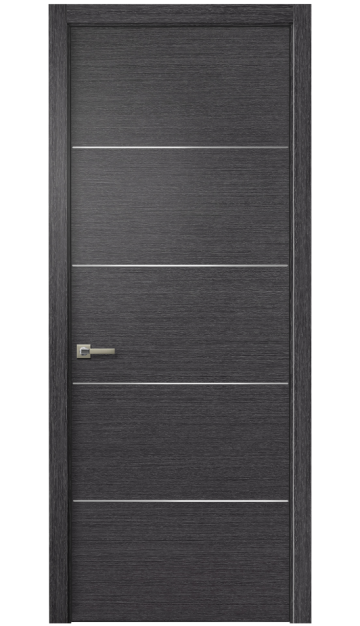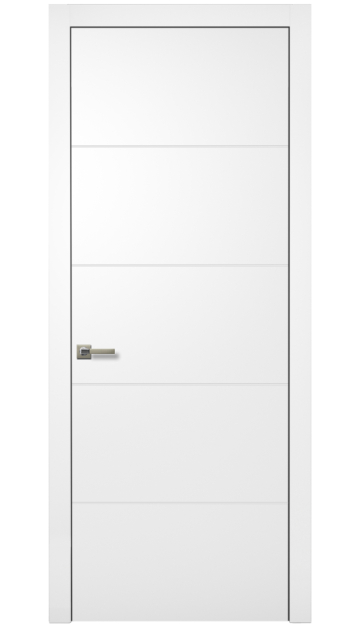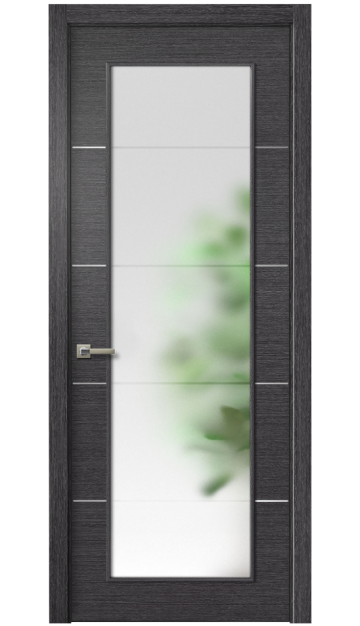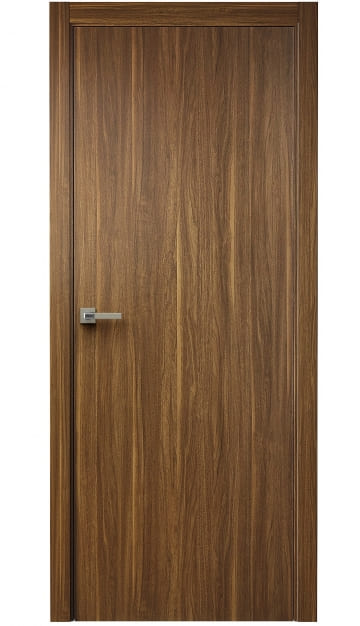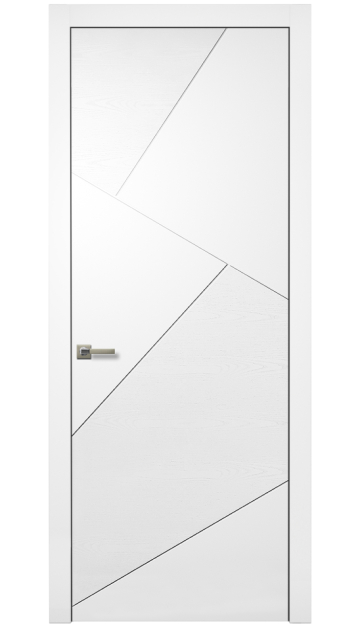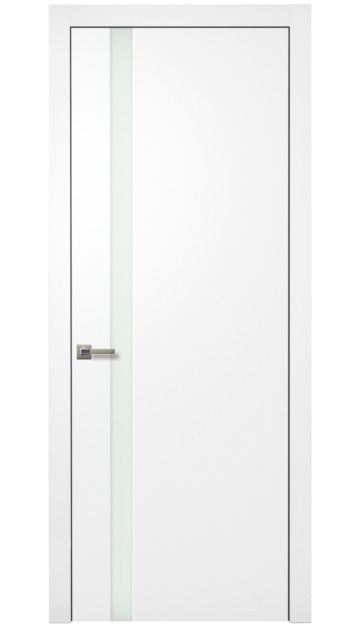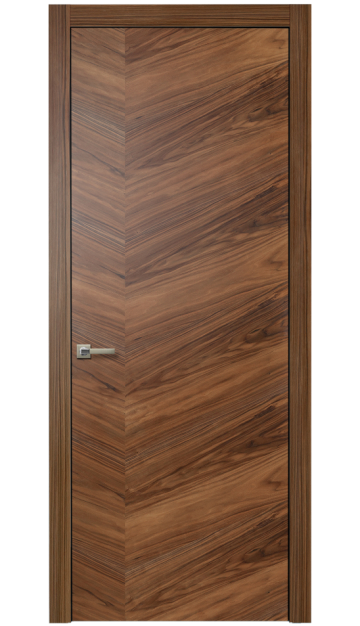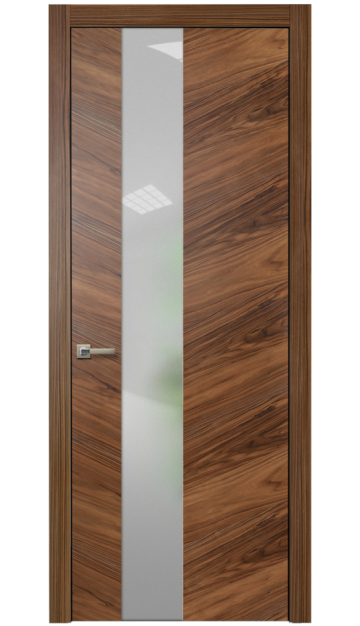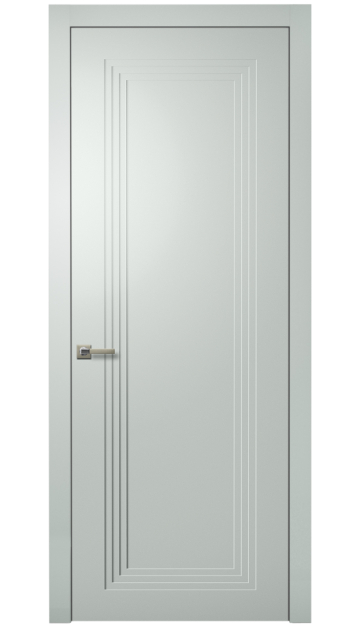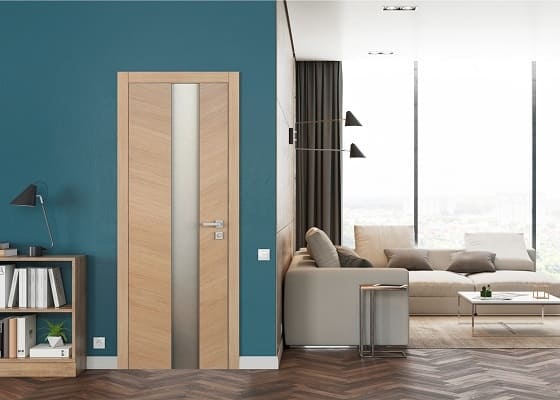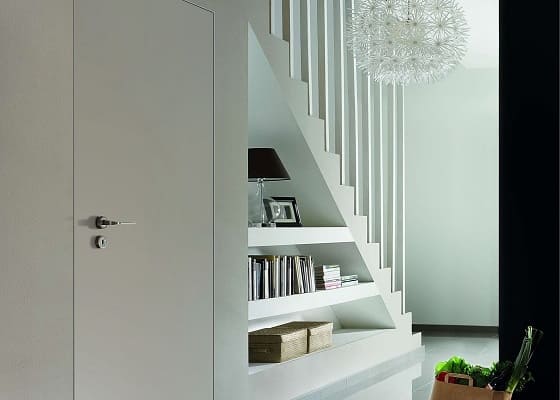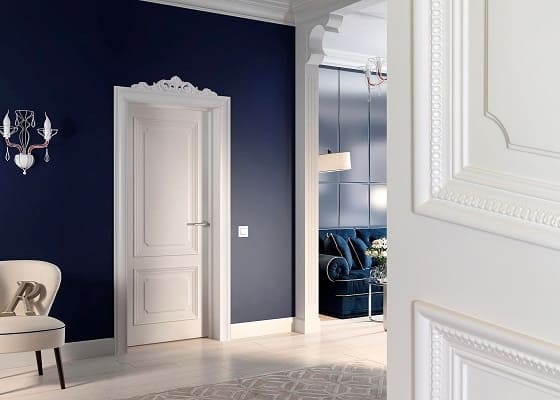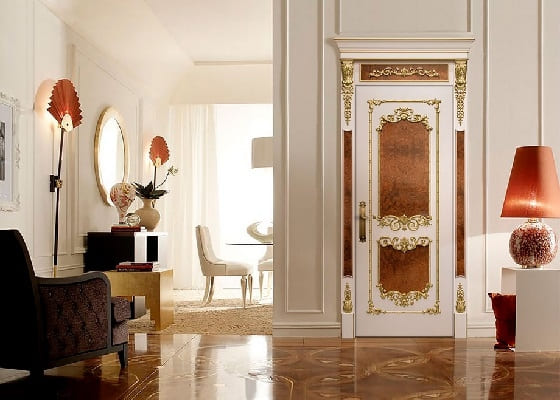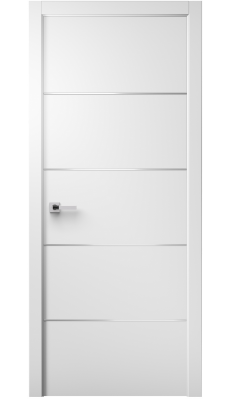Welcome to Indigo Doors: Arkansas' Premier Interior Door Supplier
Welcome to Indigo Doors, your leading source for premium interior doors and hardware in Arkansas (AR). Serving cities like Little Rock, Fayetteville, Fort Smith, Springdale, and beyond, we take pride in offering a wide range of high-quality door solutions designed to enhance the beauty and functionality of your home. Our commitment to excellence ensures that every product we offer meets the highest standards of quality and design.
At Indigo Doors, we believe that interior doors are more than just functional elements; they are integral to your home's aesthetic and comfort. Our team is dedicated to providing exceptional products and personalized service to meet the unique needs of Arkansas homeowners. From classic to contemporary styles, we have the perfect door to complement your home's décor and enhance its overall appeal.
Why Choose Indigo Doors for Your Home in Arkansas?
Indigo Doors is the premier choice for interior doors in Arkansas, offering:
- Unparalleled Quality: We use the finest materials and skilled craftsmanship to create doors that are both beautiful and durable.
- Innovative Designs: Our doors feature unique designs that enhance the aesthetic of any home.
- Customer-Centric Approach: We are committed to ensuring your complete satisfaction with:
- Extensive Selection of Designs: Choose from a wide variety of styles to fit your needs.
- Expert Advice and Support: Benefit from our knowledgeable team to guide you through the selection process.
Our promise is to exceed your expectations and make your door shopping experience seamless and enjoyable, whether you’re renovating or building a new home.
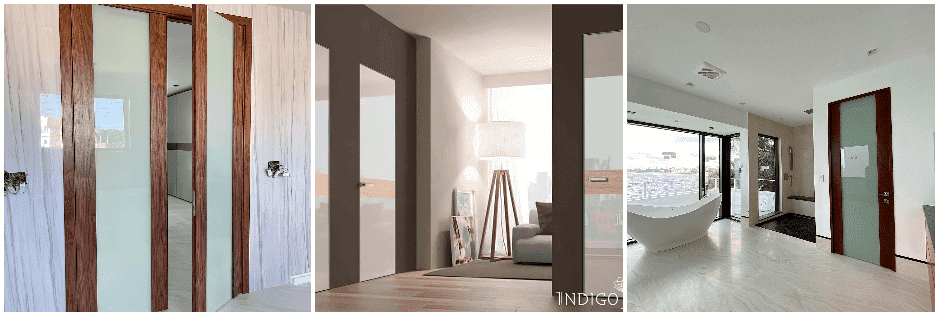
Modern Interior Doors: Redefining Arkansas Homes
Latest Trends and Designs in Modern Doors
Indigo Doors offers a stunning collection of modern interior doors that redefine the aesthetic of Arkansas homes. Our modern doors feature sleek lines, minimalist designs, and innovative materials that cater to contemporary tastes. These doors are perfect for creating a clean, stylish look that enhances the overall ambiance of your living spaces.
Our modern door designs include frameless doors, sliding doors, and pivot doors, each crafted to provide a unique and sophisticated touch to your home. Stay ahead of the latest trends with doors that combine form and function, bringing a fresh and modern vibe to your interiors.
Benefits of Upgrading to Modern Doors
Upgrading to modern interior doors offers numerous benefits beyond their visual appeal. Modern doors are designed to improve the functionality of your home by providing better sound insulation, enhanced privacy, and increased energy efficiency. These doors are also easier to maintain and can add significant value to your property.
In cities like Little Rock and Fayetteville, where modern architecture is becoming increasingly popular, our modern doors can seamlessly integrate with your home's design, offering a stylish and practical solution that meets your lifestyle needs.
Frameless Doors: Minimalist Elegance for Your Space
Advantages of Invisible Doors
Frameless doors, also known as invisible doors, are an excellent choice for Arkansas homeowners seeking minimalist elegance. These doors are designed to blend seamlessly with your walls, creating a clean and uncluttered look that enhances the modern aesthetic of your home. The absence of visible frames gives these doors a sleek, sophisticated appearance that is perfect for contemporary interiors.
Frameless doors offer several practical advantages, including easy installation, low maintenance, and enhanced durability. Their seamless design also allows for better light flow between rooms, creating a brighter and more open living environment.
Ideal Applications in Arkansas (AR) Homes
Frameless doors are versatile and can be used in various applications throughout your home. They are ideal for creating a modern look in living rooms, bedrooms, and home offices, where their sleek design can make a significant impact. In urban areas like Little Rock and Springdale, frameless doors are particularly popular for their ability to enhance the minimalist aesthetic of contemporary homes.
Classic Collection: Enduring Beauty and Functionality
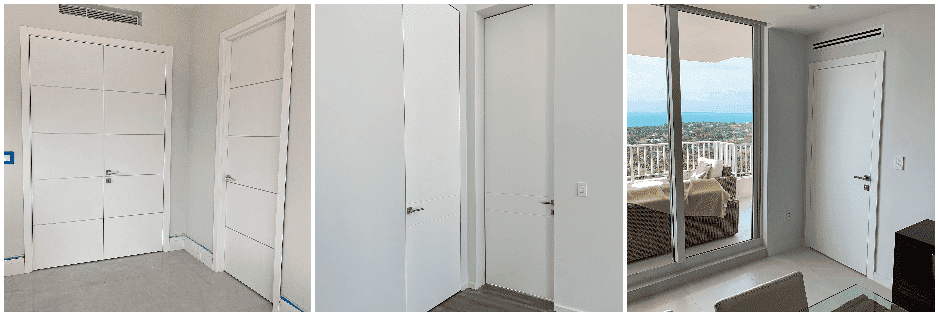
Overview of Classic Door Designs
The Classic Collection from Indigo Doors offers a range of timeless door designs that combine enduring beauty with exceptional functionality. Crafted from high-quality materials, these doors feature intricate detailing and elegant finishes that enhance their visual appeal. The Classic Collection includes paneled doors, French doors, and traditional swing doors, making them perfect for homeowners seeking a refined and classic look.
How Classic Doors Complement Different Interiors
Classic doors are versatile and can complement various interior styles, from traditional to transitional. They are particularly well-suited for living rooms, dining rooms, and bedrooms, where their elegant design can add a touch of sophistication. Whether you're renovating a historic home in Fort Smith or updating a modern residence in Fayetteville, the Classic Collection offers the perfect solution to enhance your home's aesthetic.
Royal Collection: Luxury Redefined for Arkansas Homes
Features of the Royal Collection
Indigo Doors' Royal Collection is designed for homeowners who seek the ultimate in luxury and sophistication. These doors are crafted with meticulous attention to detail, featuring exquisite finishes, ornate designs, and high-quality materials. The Royal Collection includes a range of styles, such as double doors, arched doors, and custom-designed doors, allowing you to create a truly unique and opulent look for your home.
Creating Sophisticated Spaces with Royal Doors
Royal doors are the epitome of elegance and grandeur, making them an excellent choice for formal living spaces, grand entrances, and master suites. Their luxurious design and superior craftsmanship make them a statement piece in any home, adding value and aesthetic appeal. With the Royal Collection, you can transform your home into a showcase of luxury and sophistication.
Hardware Essentials: Enhance Your Door’s Performance
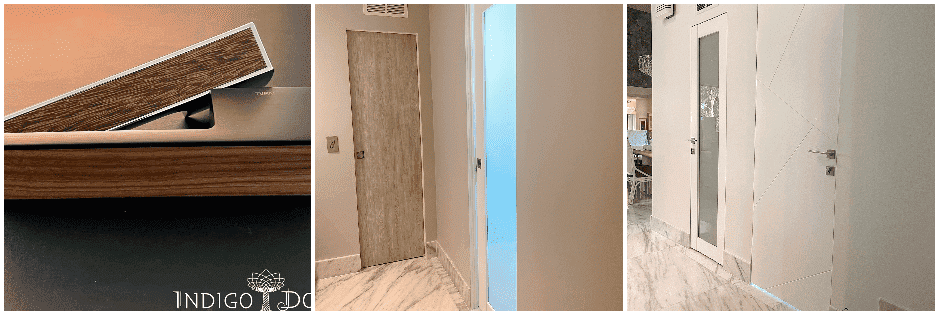
Types of Hardware Available
Indigo Doors offers a comprehensive selection of door hardware to complement our range of interior doors. Our hardware collection includes various styles of handles, hinges, locks, and door systems, all designed to enhance the functionality and aesthetics of your doors. Whether you prefer a modern, minimalist look or a more traditional, ornate design, our hardware options provide the perfect finishing touch.
Choosing the Right Hardware for Your Needs
Choosing the right hardware for your doors is essential to achieving a cohesive and polished look. At Indigo Doors, we offer expert advice on matching hardware with your chosen door styles, ensuring that every detail harmonizes perfectly. From sleek, stainless steel handles for modern doors to classic, brass knobs for traditional doors, our hardware selection caters to every taste and style.
Custom Interior Door Solutions for Arkansas Residents
Indigo Doors provides a range of interior door options to meet the diverse needs of Arkansas (AR) homeowners:
- Standard Interior Doors: Available in various widths and heights to ensure a perfect fit for any room. Ideal for replacing existing doors or installing new ones during renovations or construction projects.
- Custom Interior Doors: Tailored to your specific requirements. Our skilled craftsmen can create doors in:
- Custom Sizes
- Unique Designs
- Personalized Finishes
Whether you have a specific vision or need design guidance, we are here to help bring your ideas to life.
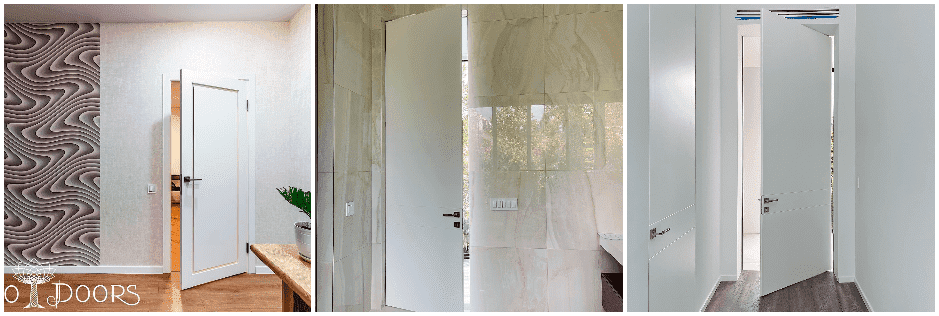
Popular Interior Door Colors in AR (Arkansas)
Trending Colors and Finishes
Indigo Doors offers a wide range of color options for our interior doors, ensuring that you can find the perfect match for your home's décor. Our popular color choices include classic white, elegant black, and various shades of gray and brown. These versatile colors complement a variety of interior styles, from modern and minimalist to traditional and rustic.
Custom Color Options and Painting Services
In addition to our standard color options, we offer custom painting and finishing services to help you achieve your desired look. Our skilled artisans can match any color or finish, providing you with a truly bespoke door that fits seamlessly into your home's design. Whether you prefer a glossy lacquer finish or a matte, textured look, we have the expertise to deliver exceptional results.
Specialty Interior Doors for Every Room
Bathroom and Bedroom Door Solutions
When selecting doors for your bathroom and bedroom, privacy and style are key considerations. Indigo Doors offers a range of specialized doors designed to provide maximum privacy while enhancing the aesthetic appeal of these important spaces. Our bathroom doors are moisture-resistant and stylish, while our bedroom doors offer sound insulation and comfort.
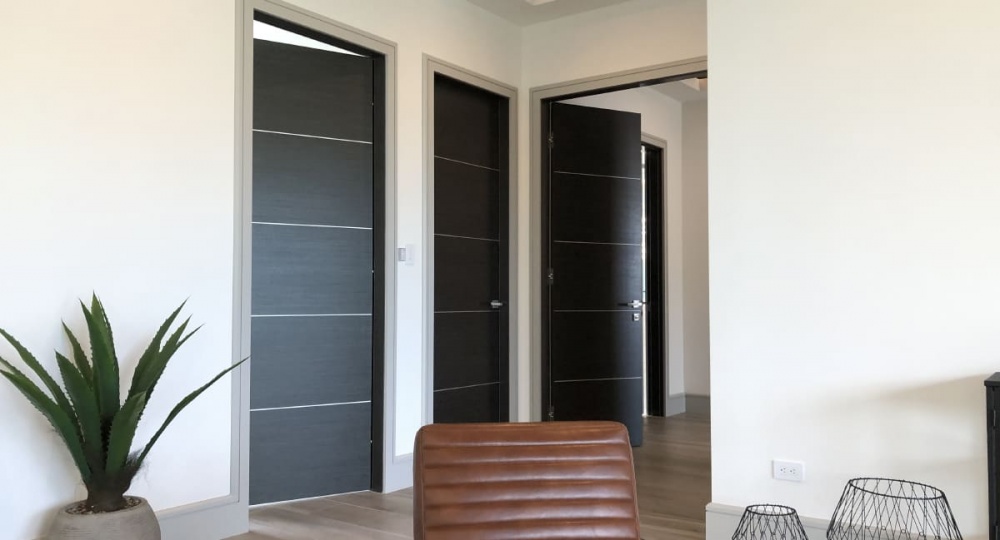
Functional Doors for Kitchens and Laundry Areas
In the kitchen, space-saving solutions are essential for maintaining an efficient and organized environment. Indigo Doors offers kitchen door options such as pocket doors and sliding doors, which help maximize space and improve functionality. These doors are designed to enhance the efficiency and aesthetics of your kitchen, making it a pleasure to cook and entertain.
Laundry room doors should combine practicality and design, providing easy access while maintaining an attractive appearance. Indigo Doors offers a range of laundry door options that are both functional and stylish, including louvered doors for ventilation and sliding doors for space-saving convenience. Our laundry doors are designed to make your laundry chores more manageable and enjoyable.
Space-Saving Door Solutions: Pocket, Barn, and More
Types of Space-Saving Doors
Pocket doors and barn doors are popular choices for modern and rustic interiors. These sliding door options are ideal for saving space and adding a unique touch to your home. Indigo Doors offers a variety of pocket and barn doors in different styles and finishes, ensuring you can find the perfect fit for your décor.
Benefits and Installation Tips
Bypass doors and bi-fold doors are excellent solutions for closets and small spaces. These door styles offer easy access to your belongings while maximizing space. Indigo Doors provides a range of bypass and bi-fold doors in various designs and materials, allowing you to choose the best option for your needs. Pivot doors and roto doors are innovative and stylish options that add a modern touch to your home. These doors are designed to pivot or rotate, offering a unique and functional solution for various rooms. Indigo Doors offers a selection of pivot and roto doors in different finishes and styles, ensuring you can find the perfect match for your interior design.
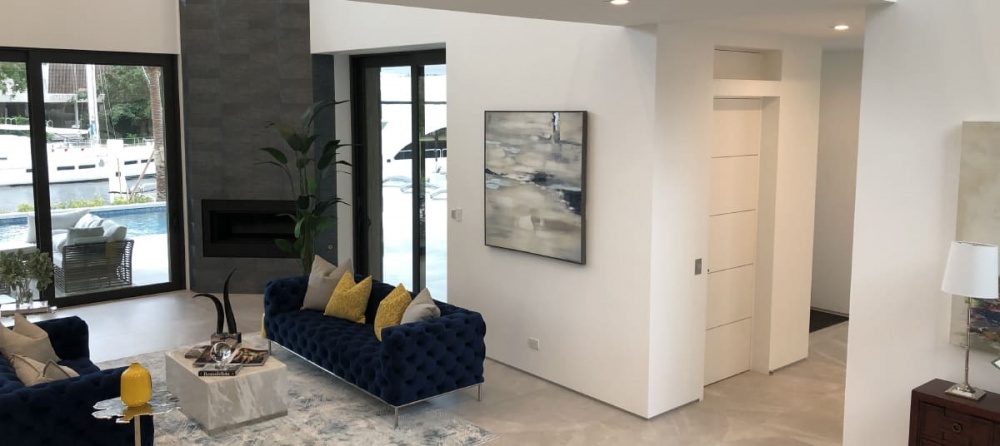
Solid Wood Interior Doors: Craftsmanship and Durability
Solid wood doors are renowned for their durability and beauty, making them a popular choice for interior doors. Indigo Doors offers a range of solid wood doors crafted from high-quality materials, ensuring they are long-lasting and visually appealing. These doors provide excellent sound insulation and can be customized with various finishes to match your décor.
Solid wood doors are ideal for areas where durability and aesthetics are paramount. They are perfect for bedrooms, living rooms, and offices, providing a warm and inviting atmosphere. Indigo Doors offers a variety of solid wood door designs, allowing you to choose the perfect option for your home.
Interior Glass Doors: Merging Light and Privacy
Interior glass doors are an excellent way to bring light and openness into your home. Indigo Doors offers a range of glass door options that enhance the brightness and spaciousness of your rooms. These doors are perfect for creating a modern and airy feel, while also providing privacy with frosted or textured glass options.
When selecting interior glass doors, it's essential to consider both design and privacy. Indigo Doors provides a variety of glass door designs, including clear, frosted, and textured options. These doors can be customized to balance light and privacy, ensuring they meet your specific needs and preferences.
Comprehensive Customer Support and Door Selection Assistance
At Indigo Doors, we are committed to helping you find the perfect interior doors for your home. Our knowledgeable staff is available to provide personalized assistance, offering expert advice and recommendations based on your style preferences and functional requirements. We are here to ensure that you make the best choice for your home.
While Indigo Doors does not offer installation services, we can provide guidance on finding reputable installation professionals in your area. Our team can also offer tips and advice on the installation process, ensuring that your new doors are installed correctly and efficiently.
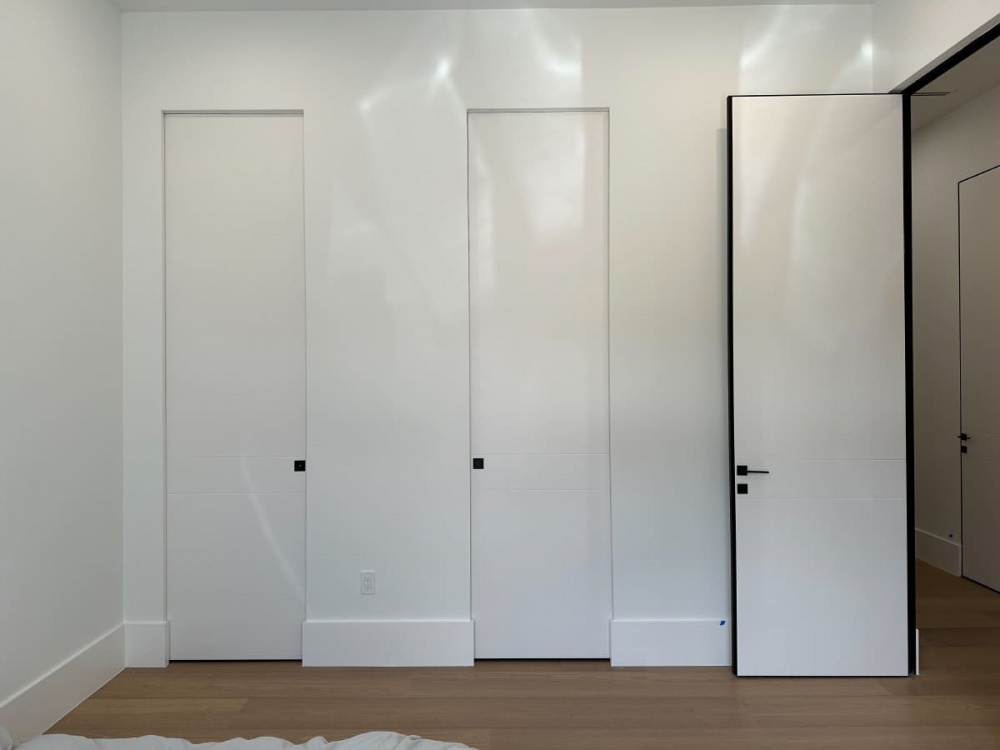
Ordering and Delivery: Seamless Service Across Arkansas
Step-by-Step Guide to Ordering Doors Online
- Browse Our Online Catalog: Explore a wide range of door styles and finishes.
- Select Your Desired Options: Choose the doors that best fit your needs.
- Place Your Order: Use our secure website for a smooth transaction.
Our user-friendly platform makes it easy to find and purchase the perfect doors for your home.
Delivery Services Covering All of Arkansas (AR)
- Fast and Reliable Delivery: We ensure timely delivery to cities across Arkansas.
- Coverage Includes: Little Rock, Fayetteville, Fort Smith, and more.
Our efficient delivery service guarantees that your new doors arrive promptly and in perfect condition, ready to enhance the beauty and functionality of your home.
You can buy interior doors with delivery to any state, including:
Hear from Our Satisfied Arkansas Customers
Arkansas (AR) residents trust Indigo Doors for our commitment to quality and customer satisfaction. Our numerous positive reviews and testimonials reflect our dedication to providing exceptional products and service. We are proud to be a trusted name in interior doors, serving homeowners throughout the state with the best in door design and innovation.
Indigo Doors is dedicated to continuous improvement and innovation, ensuring that we offer the latest and best in interior door design. Our commitment to quality and craftsmanship is evident in every product we offer, providing you with doors that are not only beautiful but also built to last. Trust Indigo Doors to deliver the perfect doors for your Arkansas home.



